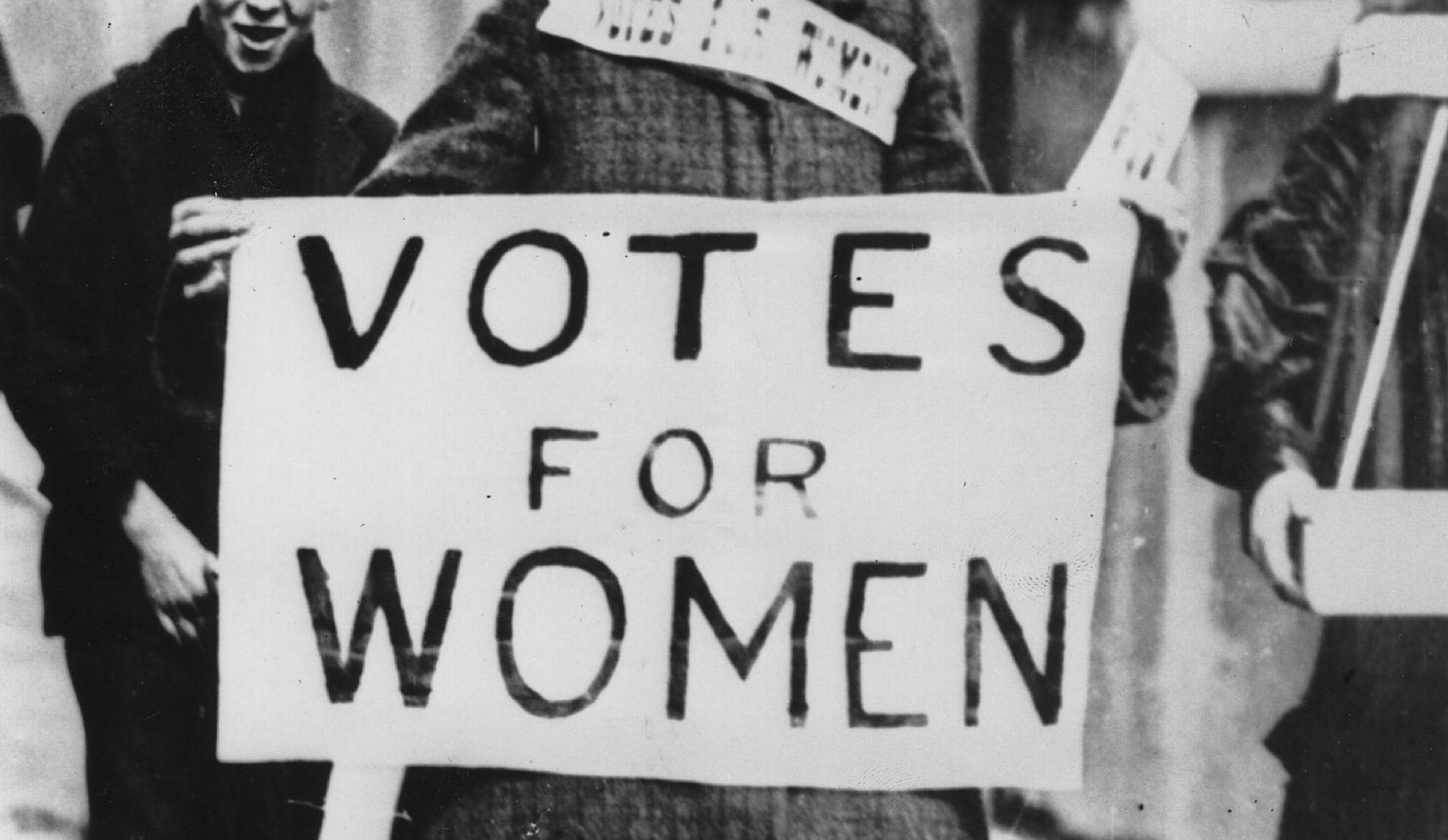Primary Sources
Emmeline Pankhurst, The World-famed Leader of the English Suffragettes. New York: J.B. Pond Lyceum Bureau, 1909. Online text, https://www.loc.gov/item/rbcmiller001254.
Pankhurst, Christabel. “The Majesty of the Law.” The Suffragette, March 14, 1903. https://www.nationalarchives.gov.uk/education/resources/suffragettes-on-file/the-suffragette-newspaper/.
Pankhurst, Emmeline. My Own Story. London: Hearst’s International Library Co., Inc, 1914. http://www.gutenberg.org/files/34856/34856-h/34856-h.htm.
Secondary Sources
British Library Learning. “Women’s Suffrage Timeline.” Votes for Women, last modified February 6, 2018. https://www.bl.uk/votes-for-women/articles/womens-suffrage-timeline.
Bearnman, C.J. “An Army Without Discipline? Suffragette Militancy and the Budget Crisis of 1909.” The Historical Journal 50, no. 4 (December 2007): 861-889. https://www.jstor.org/stable/20175131.
Clark, Elaine. “Catholic Men in Support of the Women’s Suffrage Movement in England.” The Catholic Historical Review 94, no. 1 (January 2008): 22-44. http://www.jstor.org/stable/25166918.
Collette, Carolyn P. “Hidden in Plain Sight: Religion and Medievalism in the British Women’s Suffrage Movement.Religion & Literature 44, no. 3 (Autumn 2012): 169-75. http://www.jstor.org/stable/24397755.
Collette, Carolyn P. “”Faire Emelye”: Medievalism and the Moral Courage of Emily Wilding Davison.” The Chaucer Review 42, no. 3 (Spring 2008): 223-43. http://www.jstor.org/stable/25094399.
Contrast Contradiction & Change. “Britain 1906-1918.” Accessed November 30, 2020. https://www.nationalarchives.gov.uk/education/britain1906to1918/timeline/g4_timeline.htm.
Cowman, Krista. “”Doing Something Silly”: The Uses of Humour by the Women’s Social and Political Union, 1903–1914.” International Review of Social History 52 (2007): 259-74. http://www.jstor.org/stable/26405493.
Grant, Kevin. “British Suffragettes and the Russian Method of Hunger Strike.” Comparative Studies in Society and History 53, no. 1 (January 2011): 113-43. http://www.jstor.org/stable/41241735.
Lance, Keith Curry. “Strategy Choices of the British Women’s Social and Political Union, 1903-18.”LANCE, KEITH CURRY. Social Science Quarterly 60, no. 1 (June 1979): 51-61. http://www.jstor.org/stable/42860512.
Liddington, Jill, Elizabeth Crawford, and E. A. Maund. “‘Women Do Not Count, Neither Shall They Be Counted’: Suffrage, Citizenship and the Battle for the 1911 Census.” History Workshop Journal, no. 71 (Spring 2011): 98-127. http://www.jstor.org/stable/41306813.
Riddell, Fern. “Suffragettes, Violence and Militancy.” Votes for Women. Last modified February 6, 2018. https://www.bl.uk/votes-for-women/articles/suffragettes-violence-and-militancy.
Rollyson, Carl. “A Conservative Revolutionary: Emmeline Pankhurst (1857-1928). The Virginia Quarterly Review 79, no. 2 (Spring 2003): 325-334. https://www.jstor.org/stable/26440996.
Thomas, Matthew. “Anarcho-Feminism in late Victorian England and Edwardian Britain, 1880-1914.” International Review of Social History 47, no. 1 (April 2002): 1-31. https://www.jstor.org/stable/44582675.
Toal, Ciaran. “‘The Brutes’: Mrs. Metge and the Lisburn Cathedral Bomb, 1914.” History Ireland 22, no. 6 (2014): 30-32. http://www.jstor.org/stable/44897448.
UK Parliament. “Women Get the Vote.” Accessed November 25, 2020. https://www.parliament.uk/about/living-heritage/transformingsociety/electionsvoting/womenvote/overview/thevote/#:~:text=Representation%20of%20the%20People%20Act,of%20women%20in%20the%20UK.
